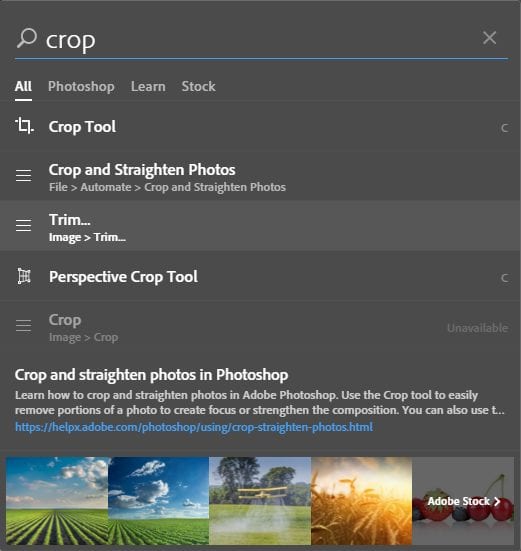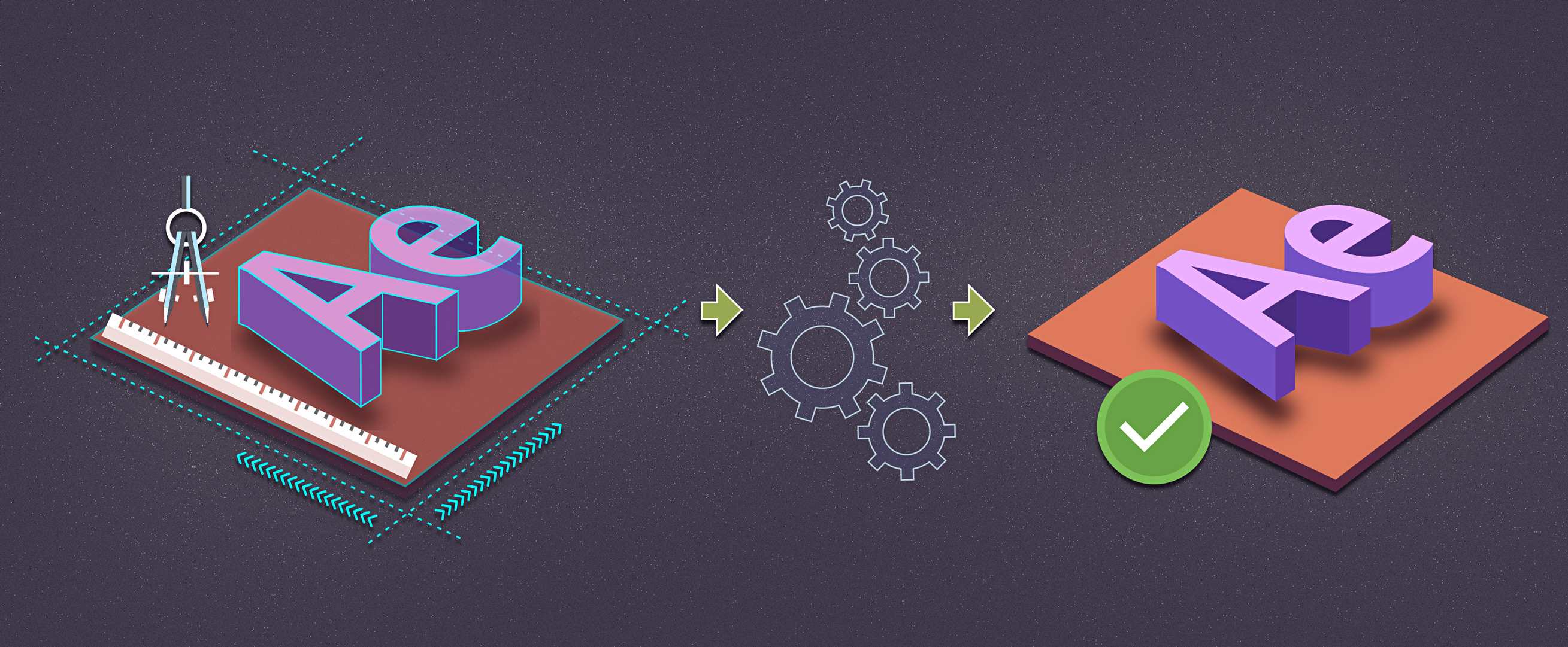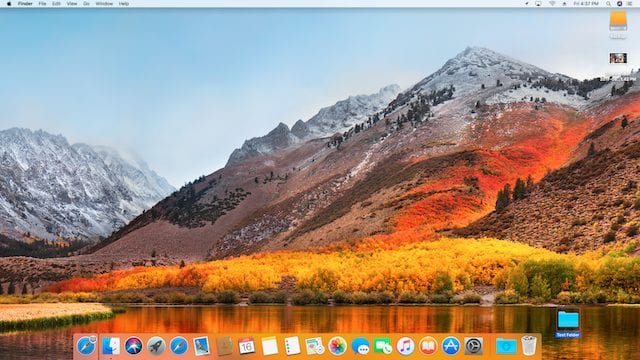 Last week Adobe released the latest round of upgrades to the Creative Cloud suite (dubbed “CC 2017”). Adobe’s focus for this release is aimed squarely at refining user experience and making workflows more efficient. Some applications include new integrations with Adobe’s cloud-enabled services — like TypeKit and Creative Cloud Libraries — as well as refinements to the user interface. Several apps also include performance improvements for commonly used features.
Last week Adobe released the latest round of upgrades to the Creative Cloud suite (dubbed “CC 2017”). Adobe’s focus for this release is aimed squarely at refining user experience and making workflows more efficient. Some applications include new integrations with Adobe’s cloud-enabled services — like TypeKit and Creative Cloud Libraries — as well as refinements to the user interface. Several apps also include performance improvements for commonly used features.
Related: Click here for more on Creative Cloud including exclusive design tips
This article provides a brief overview of the improvements made to some of Adobe’s most popular applications and most important workflows. Going forward, our new Creative Cloud tutorial series will also showcase a few of the new CC 2017 applications. NOTE: this information is provided as a courtesy. We are not able to provide support for Adobe applications. Please visit the Creative Cloud support site if you have technical questions.
Photoshop CC 2017
Adobe has put together a somewhat eclectic set of updates for Photoshop CC 2017. Even so, putting usability and performance enhancements on an equal footing with new features at this stage of Photoshop’s development is a good idea. Over time we could see a smarter Photoshop — where specific selection or healing tools are better at recognizing patterns within the image, and producing a better result on the first attempt. We could also benefit from an app that takes less time to process and save the many styles and effects we can already apply.
Comprehensive Search: Think of the new Search feature as Spotlight for Photoshop. Search results pull from Photoshop’s official help files, as well as actual Photoshop menus, tools, and panels, so you can use it to access many different items. How useful it is will depend on how heavily you use keyboard shortcuts — which is always the fastest way to access a tool, command, or brush modifier. The newer you are to Photoshop, the more likely this Search feature will benefit you.
Select & Mask Enhancements: The Select & Mask workspace is a relatively recent addition to Photoshop; it replaces the modalities and windows associated with the former “Refine Edge” and “Refine Mask” commands, which are now accessed via the “Select and Mask…” command. Now when you enter this workspace, in addition to the existing brush tools and the standard Lasso tool, the Polygonal Lasso has been added to the mix. There is also a new option to show a high quality image preview each time a mouse-down event occurs — for example when using the Refine Edge Brush Tool. Combined with the other recent improvements Adobe has made to this workflow, these changes make for a more powerful selection workflow.
ACR 9.7 and more: Adobe Camera Raw (or ACR) is arguably the most powerful feature in Photoshop, enabling photographers and artists to make precise optimizations to the raw file data captured by their DSLRs or other cameras, which in turns allows the “purest” result to be rendered into Photoshop, from where additional styling and effects can be made and saved. Version 9.7 offers one big improvement, which is support for pressure-sensitive devices, like the ubiquitous Wacom series of tablets, and the new Microsoft Surface Pro tablet PC. This means more precise local adjustments can be made before processing the image — a potentially big deal for a lot of users.
Adobe has also made improvements to the main Properties panel, to type support, the Liquify filter, the Oil Paint filter (which is pretty cool and now GPU-accelerated), the Surface Blur filter (10x faster than prior versions), and many bug fixes and other small enhancements. There’s also an improved new file dialog window, which provides a thumbnail-based preview of all the document types you can open — however I’m not sure how well this feature will go over with long-time users.
Illustrator CC 2017
Illustrator has been given some nice improvements as well; let’s take a look.
New UI: The biggest change made to Illustrator is that it now (for the most part) shares the same modern user interface as Photoshop and InDesign. All the UI elements have been “flattened” in typical Adobe style, and there are variations on how light or dark you can make the UI, depending on what you prefer.

Live Font Previewing: Another useful improvement is that Illustrator now has the same live font previewing technology found in Photoshop, making it easier to evaluate the look of a font after the text block has been placed on an artboard.
Pixel Grid Alignment and more: Illustrator CC 2017 also provides enhanced options for snapping your artwork to the pixel grid, even while using different stroke widths and alignment options. Another useful addition is that Illustrator now “zooms to a selection,” so that as you use the keyboard shortcuts to rapidly zoom in, the item you’ve selected remains centered in the viewport. There are also quite a few improvements to text and glyph handling.
InDesign CC 2017
While mostly a collection of small improvements, InDesign CC 2017 has a few welcome additions, like the option to change the size of panel tabs to suit different display sizes, a more responsive link panel that populates quickly when displaying a large number of URLs, and improved support for Ligatures and Ordinals. There are also some new options for controlling the scale of arrowheads, though in my opinion more work needs to be done to provide precise control over the shape and size of arrowheads. Hopefully this will show up in a near-term update for Creative Cloud.
After Effects CC 2017
This is a solid update from the AE development team; they have continued to pursue substantial improvements to application performance, and to enhancing efficiencies throughout the workflow. While they haven’t quite reached their destintation as far as performance improvements, each successive release since 2014 has brought us closer to what will amount to a brand new After Effects (especially under the hood).
3D Composition Renderer: Using technology provided by MAXON (the company responsible for integration the “Cineware” plugin), After Effects now allows you to create and animate 3D text and other graphical elements with built-in extrusion tools.
Performance Improvements: It is now possible to preview most types of video footage in real-time, without having to cache it first (although the basic caching setup for the application still exists and applies in many scenarios). There are also new GPU-accelerated effects including frequently needed items like Brightness and Contrast, Hue/Saturation, Glow, Tint, and others.
Integration and Collaboration
Adobe has also integrated the TypeKit system used in other Adobe applications. So if your comps have a TypeKit font included and the artist you’re collaborating with has TypeKit but not that particular font installed, the font should automatically load onto their system so that they can preview the scene properly. Adobe has also built in a new Team Projects workflow that allows people working in After Effects and Premiere Pro, to more easily and simultaneously share and enhance the various assets used in a project.
These are just four of the apps available as part of the Creative Cloud 2017 upgrade cycle, but Adobe has provided updates to a host of other apps and even introduced some brand new application concepts, which I encourage you to check out when you have time. All in all, while there are no huge, “headliner” features for most of the apps, there are some genuinely worthwhile additions across the board, as Adobe makes a concerted effort to bridge the gaps between apps and make existing features work better.
Note: all of the apps mentioned here including Premiere Pro, support use with macOS 10.12 (Sierra), according the system requirements that were posted on Adobe.com.











When available? What about Adobe Acrobat Pro?
Hi Max,
All of the apps described in this article as well as others not mentioned, were made available the day they were announced (November 2, 2016).
Adobe’s InDesign improvement for 2017
[Cue sound of crickets chirping]
—–
Note that when ID development was located in Seattle, the team was highly motivated to improve the product. I know. I knew some of the team.
Now that ID development has moved to India, it appears that the entire product development team has been reduces to one intern. That’s about the staffing required to turn out the enhancement this upgrade brings after 18 long months and almost $500 in CC payments.